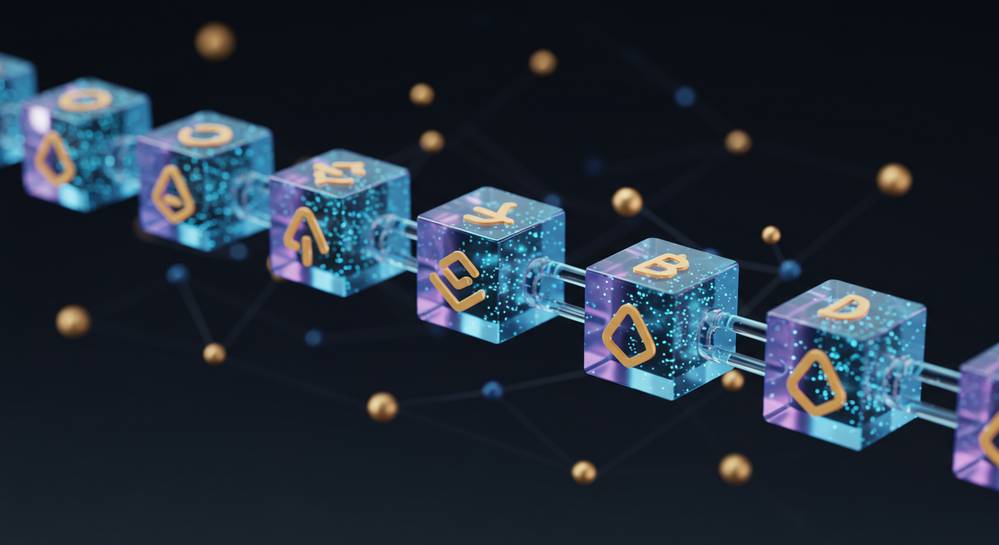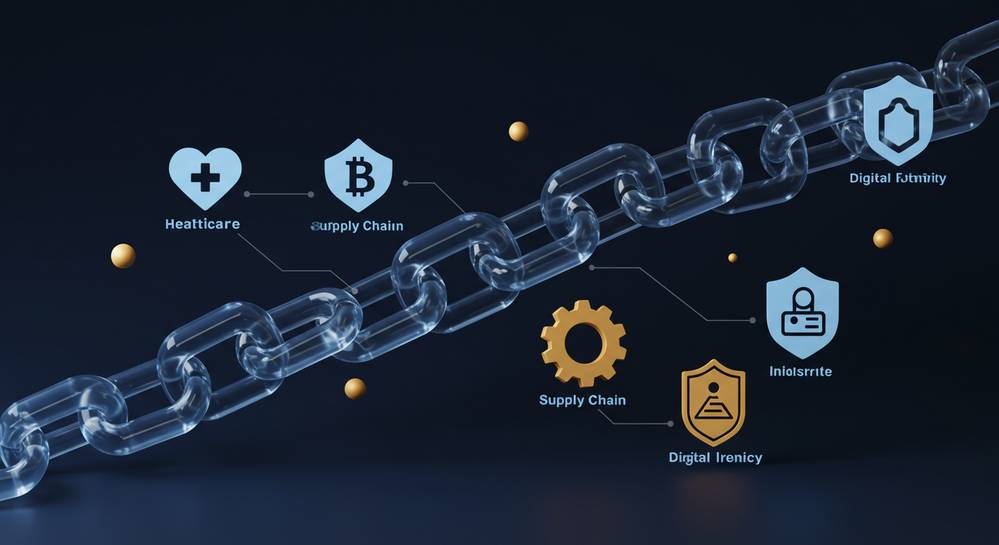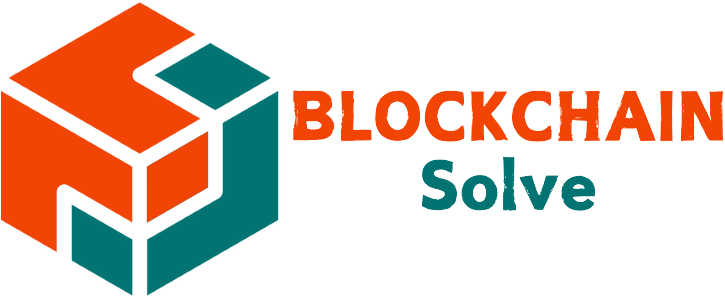Have you ever wondered what powers cryptocurrencies like Bitcoin or how digital ownership can be proven without a central authority? The answer lies in a revolutionary system. This beginner guide to blockchain technology will demystify its core concepts, explain how it works in simple terms, and explore its real world applications. By the end, you will understand why this technology is set to transform industries far beyond finance.
What is blockchain technology simply explained
Imagine a digital notebook shared among many people. When someone adds a new entry, a copy is sent to everyone with the notebook. No one can erase or change an entry once added, because everyone else has a copy to verify the original. This is the core idea of blockchain, a foundational part of any beginner guide to blockchain technology.
The core principles of blockchain technology
More technically, a blockchain is a distributed and immutable ledger. This technology is built on three key concepts that work together to create a secure and transparent system. Understanding these pillars is the first step to grasping its revolutionary potential.
- Ledger: It acts as a digital record book, logging all transactions or data entries chronologically.
- Distributed: Instead of one company controlling it, the ledger is copied and spread across a network of computers, making it decentralized.
- Immutable: Once a transaction is recorded, it cannot be altered or deleted, creating a permanent and trustworthy record.
This structure removes the need for central authorities like banks to verify transactions. Instead, trust is established through collective verification across the network. This system is a powerful form of distributed ledger technology, enabling new levels of security and transparency in digital interactions.
How does a blockchain work from the inside

A blockchain functions by linking secure blocks of information in a chronological chain. Each part of this system plays a crucial role in maintaining its integrity and security. Understanding these components helps clarify how the technology creates a trustworthy and transparent environment for digital transactions, a key part of this beginner guide to blockchain technology.
The components of a block
Every block in the chain contains three essential pieces of information: data, a unique hash, and the hash of the previous block. The data can be anything from financial transaction details to records of goods. A hash is a unique, fingerprint-like identifier for the block. Crucially, each block also holds the hash of the one before it, which is how the secure chain is formed.
Decentralization and consensus
Instead of being stored in one central location, the blockchain ledger is distributed across a network of computers, known as nodes. For a new block to be added, a majority of the nodes must agree on its validity. This agreement process relies on various undefined, like Proof of Work used by Bitcoin, ensuring all transactions are legitimate without needing a central intermediary.
Real world applications beyond cryptocurrency

While blockchain is the engine behind cryptocurrencies, its true power lies in applications that reshape entire industries. Its ability to create a secure, transparent, and unchangeable record makes it invaluable. Understanding these use cases is essential for any beginner guide to blockchain technology, as they show how it solves long-standing problems of trust and efficiency.
Here are some significant real world examples:
- Supply Chain Management: Companies use blockchain to track products from origin to consumer. This creates a verifiable and transparent journey, helping to prevent fraud and confirm the authenticity of goods.
- Healthcare: The technology enables the undefined. Patients can control their data, while providers can access an accurate, tamper-proof medical history.
- Smart Contracts: These are self-executing contracts with agreement terms written directly into code. They automate processes, such as releasing payments when conditions are met, removing the need for intermediaries.
- Voting Systems: A blockchain-based voting system could offer a secure way to cast and count votes. This would reduce the risk of fraud and increase public trust in election results.
The key benefits and future of blockchain

Blockchain technology offers core advantages that make it a groundbreaking innovation. Its unique structure directly addresses key challenges in digital interactions, such as security, trust, and efficiency. By removing the need for central authorities, it creates new possibilities for how we transact and manage data, a vital concept in this beginner guide to blockchain technology.
Key benefits of blockchain technology
- Enhanced Security: Data is secured through cryptographic links between blocks. Since the ledger is distributed across many computers, changing a record would require immense computing power, making it highly resistant to fraud.
- Greater Transparency: On public blockchains, all transactions are recorded on a shared ledger. This creates a transparent environment where participants can verify information, which builds trust.
- Increased Efficiency: By removing intermediaries like banks or brokers, blockchain can streamline and automate processes. This often leads to faster transaction times and lower costs for users.
While challenges like scalability and regulatory uncertainty remain, the fundamental benefits are clear. Blockchain is positioned as a foundational technology for the future. Its potential to reshape industries and create more secure, transparent systems is only just beginning to be realized.
Blockchain is more than just a buzzword; it is a foundational technology with the power to redefine trust and transparency in the digital world. From securing transactions to tracking global supply chains, its potential is immense. By understanding its core principles, you are now equipped to explore this evolving landscape. Continue your learning journey with Blockchain Solve, your trusted resource for clear and insightful analysis on disruptive technologies.

